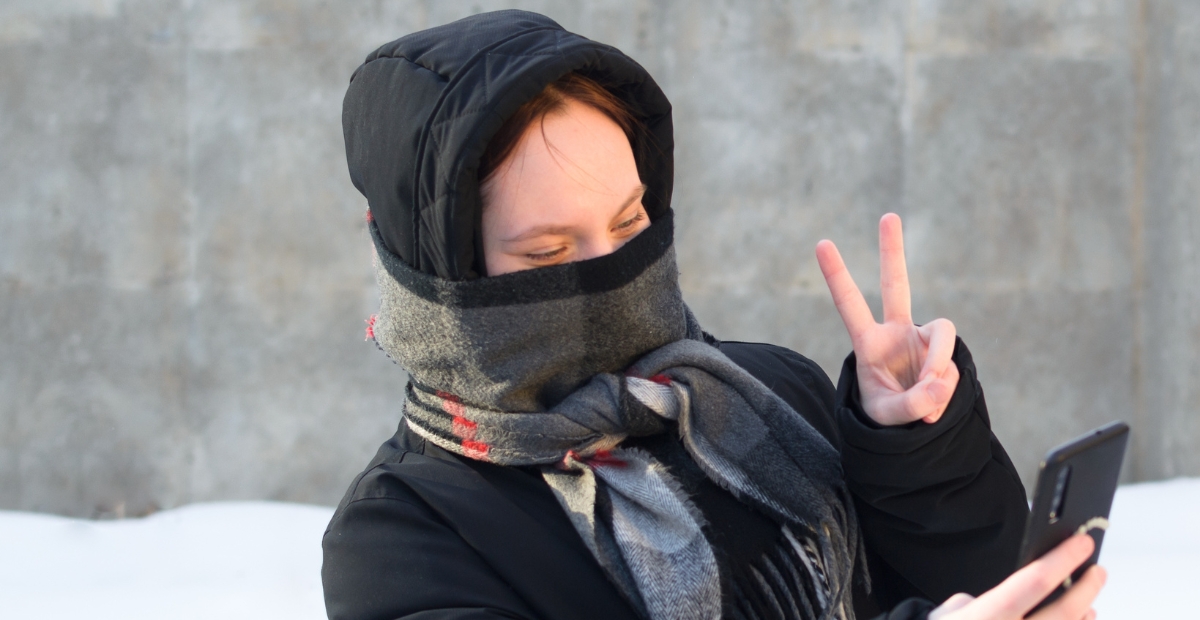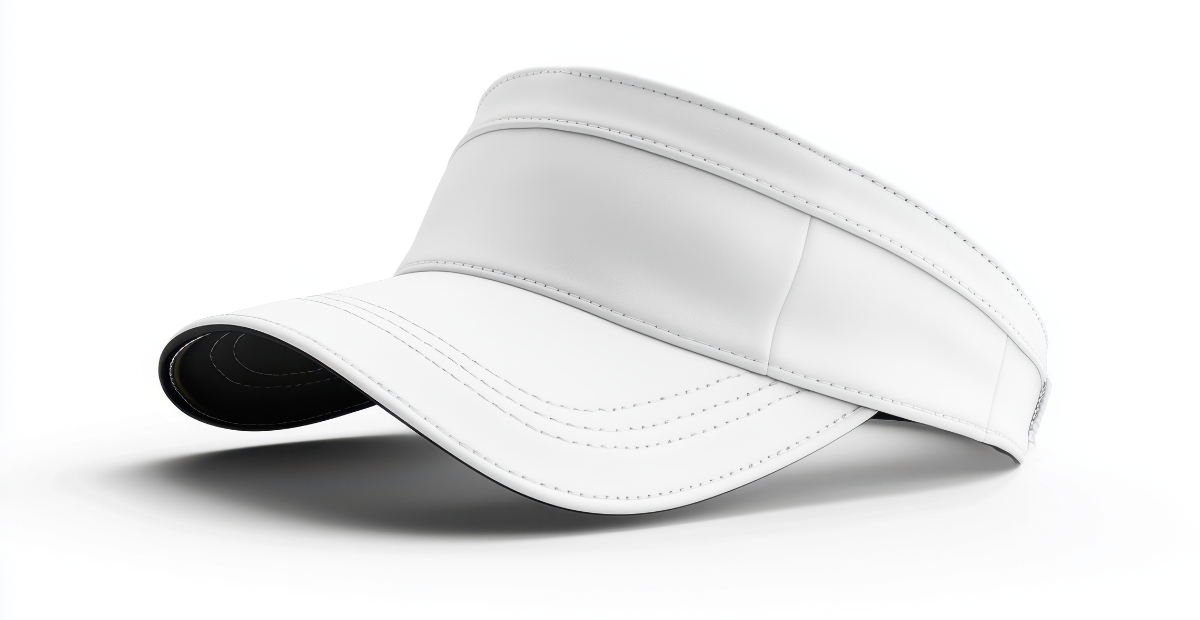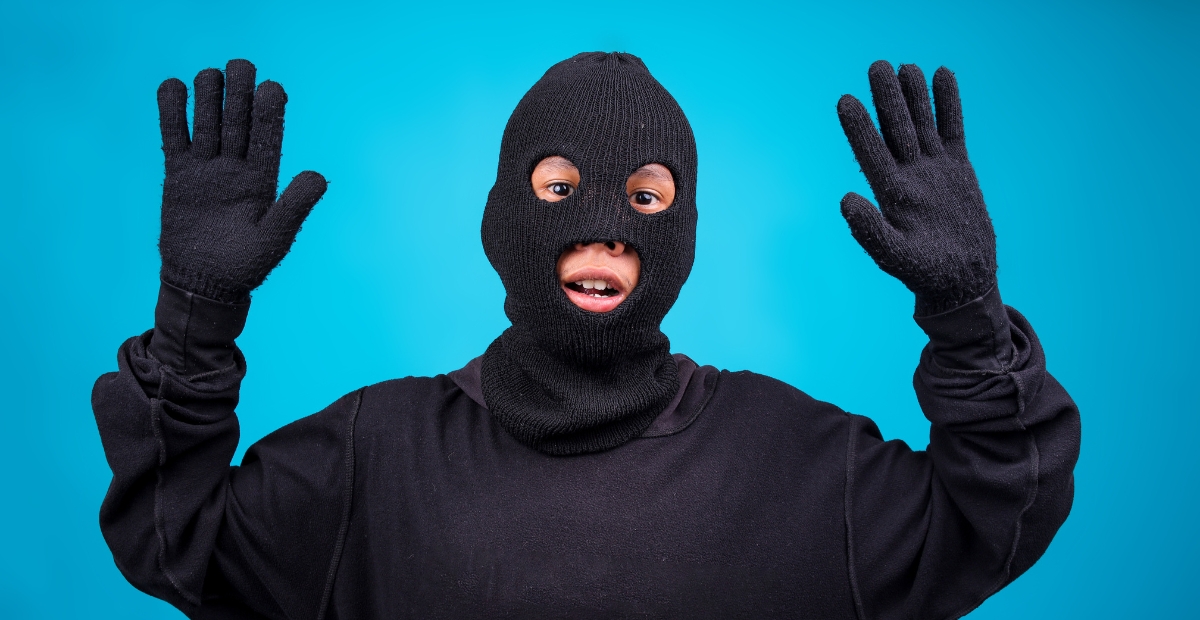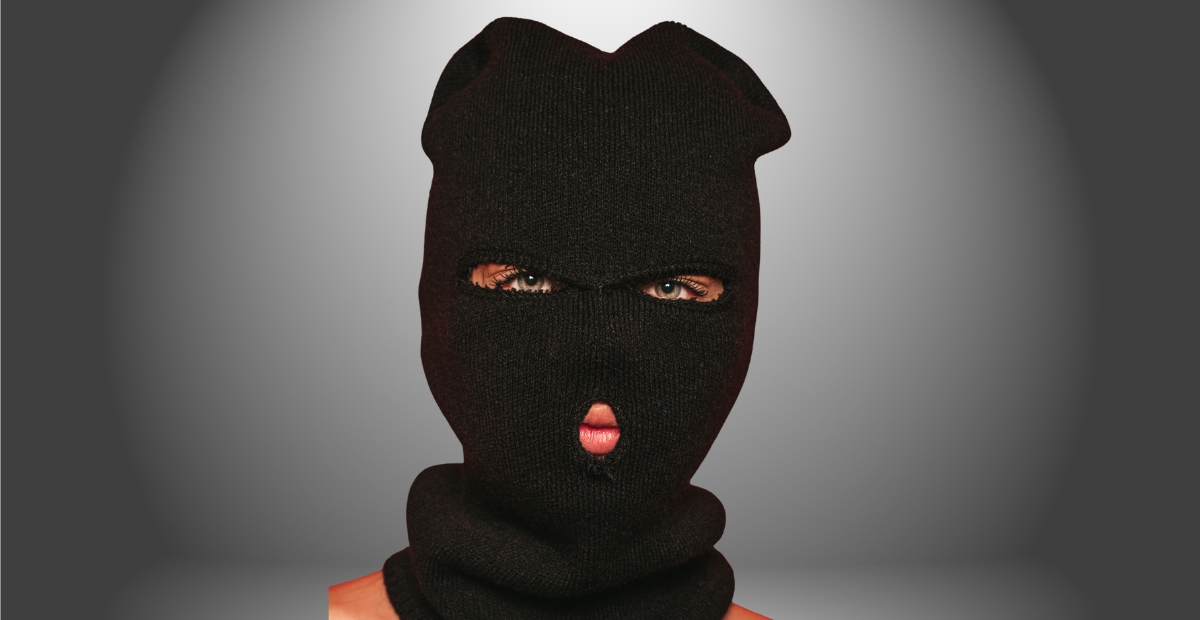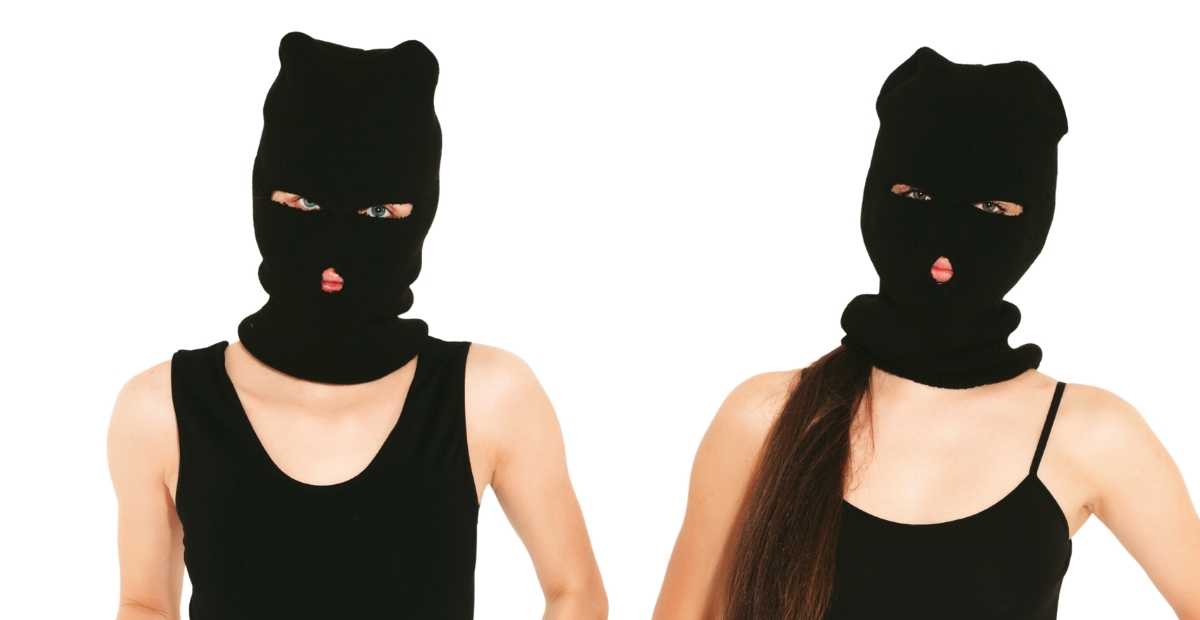Learning how to tie a scarf like a balaclava is a handy skill that can keep you warm, protected, and stylish at the same time. A balaclava normally covers your head, neck, and part of your face, but you don’t always need to buy one. With the right method, you can turn a simple scarf into a balaclava in just a few steps.
To start, place the middle of your scarf over the top of your head so it covers your forehead. Let the ends fall evenly on both sides. Next, pull both ends under your chin, making sure the fabric feels snug but not too tight. Then, cross the ends at the back of your neck. This crossing locks the scarf into place so it won’t slip. After that, bring the ends back to the front and pull the scarf up over your nose and mouth, leaving only your eyes visible. Finally, tie the ends at the back, tuck them inside your jacket, or let them hang down in front depending on your comfor
Table of contents
- Why You Should Learn How to Tie a Scarf Like a Balaclava
- Choosing the Right Scarf for Balaclava Style
- Step-by-Step Guide: How to Tie a Scarf Like a Balaclava
- Tips for Comfort and Fit
- When to Use a Scarf as a Balaclava
- Scarf Styles That Work Best
- Mistakes to Avoid When Tying a Scarf Like a Balaclava
- Why a Scarf Can Be Better Than a Traditional Balaclava
- Caring for Your Scarf
- Conclusion
- FAQs
Why You Should Learn How to Tie a Scarf Like a Balaclava
Why You Should Know How to Tie A Scarf Like Balaclava It’s not only about style when you learn to tie a scarf as a balaclava. It’s about being prepared. Most people don’t realize how useful a scarf is beyond keeping your neck warm. Imagine yourself walking down a street in the freezing cold with icy wind stinging at your cheeks. You can cover your entire face with your scarf instead of suffering. Imagine yourself riding a bicycle when suddenly dust fills the atmosphere. You can breathe easier by converting your scarf to a balaclava. A scarf is more compact than extra headgear and can be used as a full-face cover.
Choosing the Right Scarf for Balaclava Style
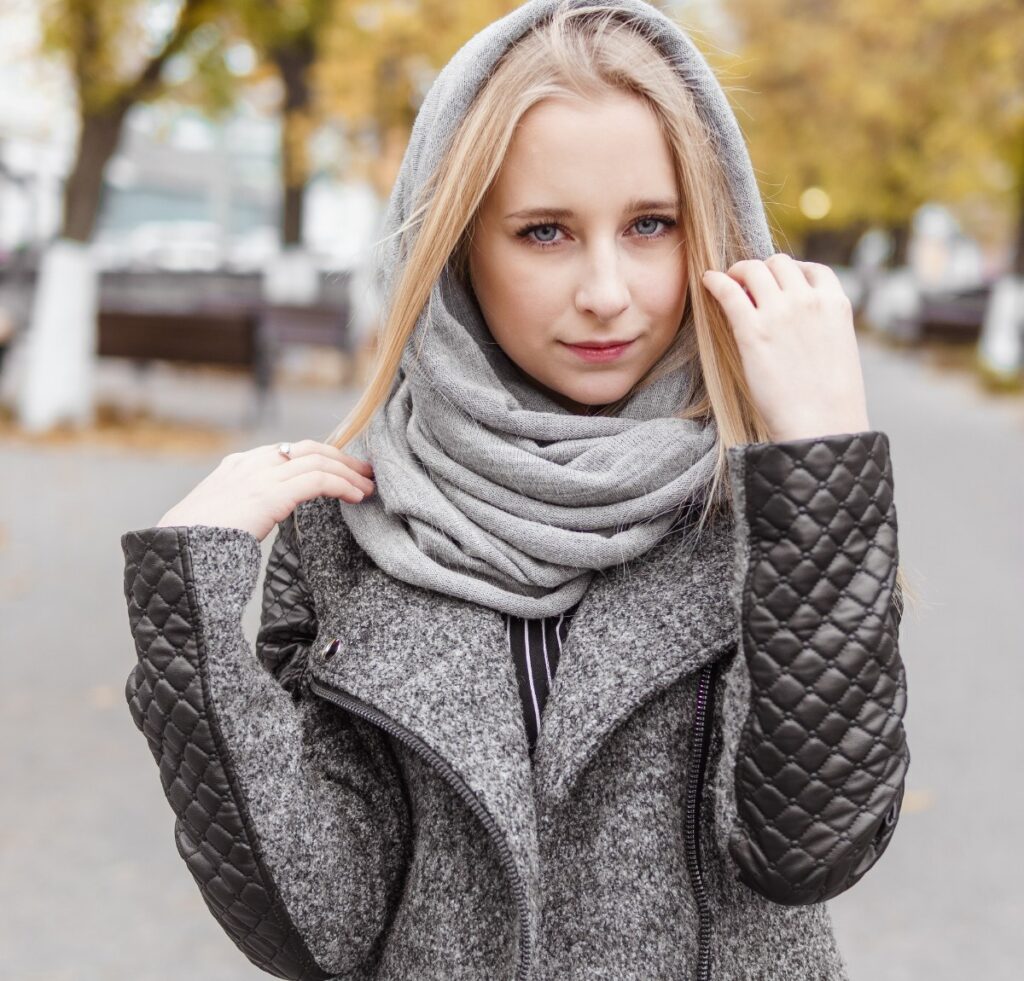
Length and Width Matter
The Right Scarf for Balaclava Style Both length and width are important You need to select the right scarf before you can begin to practice . You may not have enough fabric for both your face and head if you choose a short or narrow scarves. The best option is a long scarf. This gives you enough space to wrap the scarf securely, but still allows for enough length to tie.
Best Fabrics for Comfort
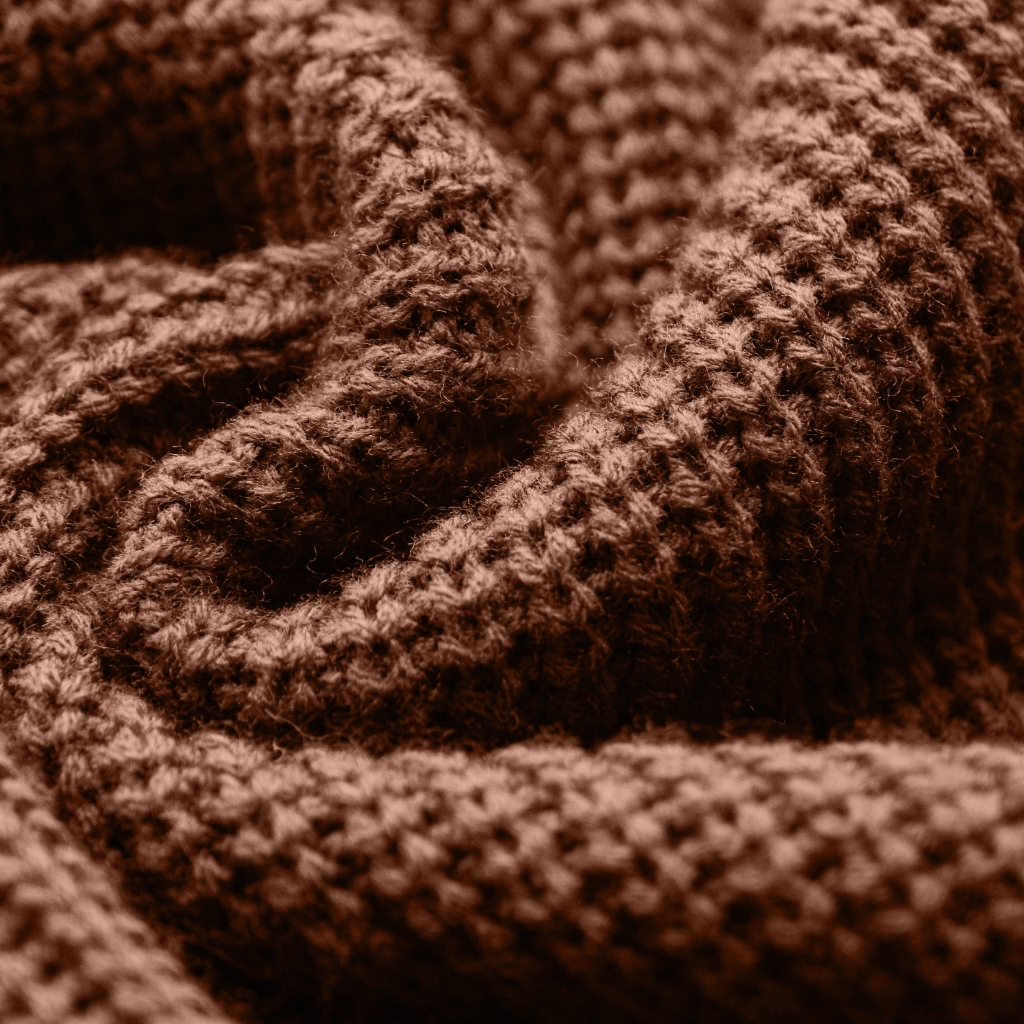
The Best Fabrics to Comfort You The material also has a major impact on how effective your scarf is. Wool and fleece are great for winter, as they block the cold wind and trap heat. Cotton or lightweight poly is ideal for hot climates and dusty areas where breathability is needed. A scarf that has a bit of stretch will fit better and be easier to adjust.
Step-by-Step Guide: How to Tie a Scarf Like a Balaclava
Step 1: How to tie a scarf like a Balaclava
Place the scarf over your head Both ends of the scarf should be at the same length. Place the middle section of your scarf over your head, so that it rests on your forehead. Both sides of the fabric should cover your face.
Step 2: Pull the Ends Under Your Chin
Both ends of the scarf should be placed under your chin. The scarf is now secured and the neck is protected. It should feel snug, but not too tight.Cross the Ends at the Back of Your Neck
Step 3: Cross the Ends at the Back of Your Neck
“Cross the Ends at the Back of Your Neck” into a clear, easy-to-read explanation for your blog. I’ll keep it simple, engaging, and friendly so it matches your 7th-grade reading level requirement
Step 4: Bring the Ends Forward Again
Move the ends forward again Bring the ends of the scarf back towards the front. The fabric should cover your nose and mouth. Adjust the top edge to fit comfortably under your eyelids. Your scarf will now look like a balaclava.
Step 5: Tie and Secure the Scarf
Secure and Tie the Scarf Then, depending on how you feel, either tuck the ends of the scarf into your jacket or hang them in front. Make sure the scarf fits snugly and fully covers your face, neck, and head.
Tips for Comfort and Fit
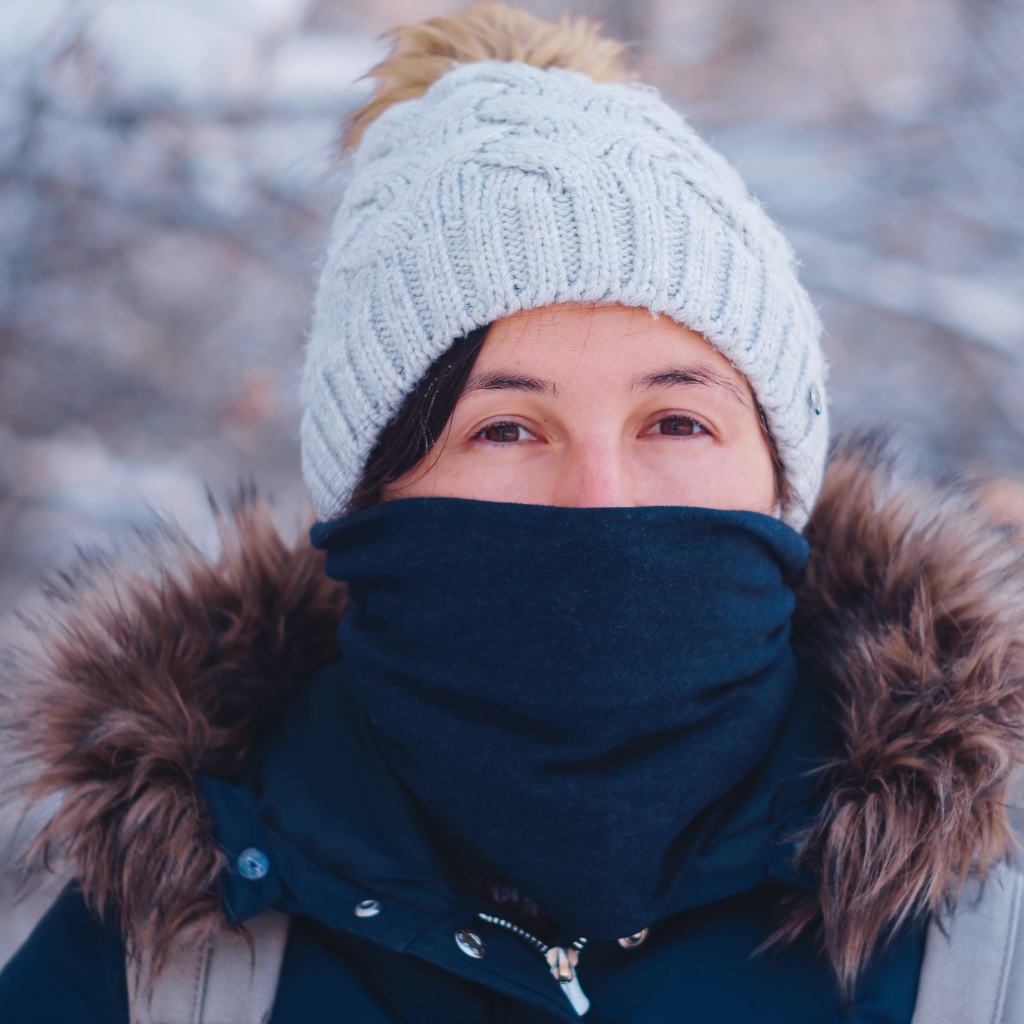
Comfort and Fit Tips It is easy to learn the proper way to tie a scarf in the style of a balaclava, but comfort should be a priority. Choose a fabric that is breathable if you are planning to do any physical activity, like skiing or biking. Pull the scarf down a little if you wear glasses to prevent fogging. Winter sports require you to tuck the ends of your scarf into your jacket. This will keep it from moving. A small clip or pin will help to keep your scarf in place if it slips a lot. These little tricks can make a huge difference to how comfortable your balaclava feels.
When to Use a Scarf as a Balaclava
When to use a scarf as a balaclava There are times in life where knowing the correct way to tie a scarf as a balaclava is useful. It protects you from harsh winds on a wintery walk. It protects your nose and mouth from insects and dust when cycling. The provides quick protection for sudden weather changes while hiking or camping. In crowded areas or in polluted environments, travelers often turn a stylish scarf to a protective cover. A scarf is a good option for emergency situations when there are no other options.
Scarf Styles That Work Best
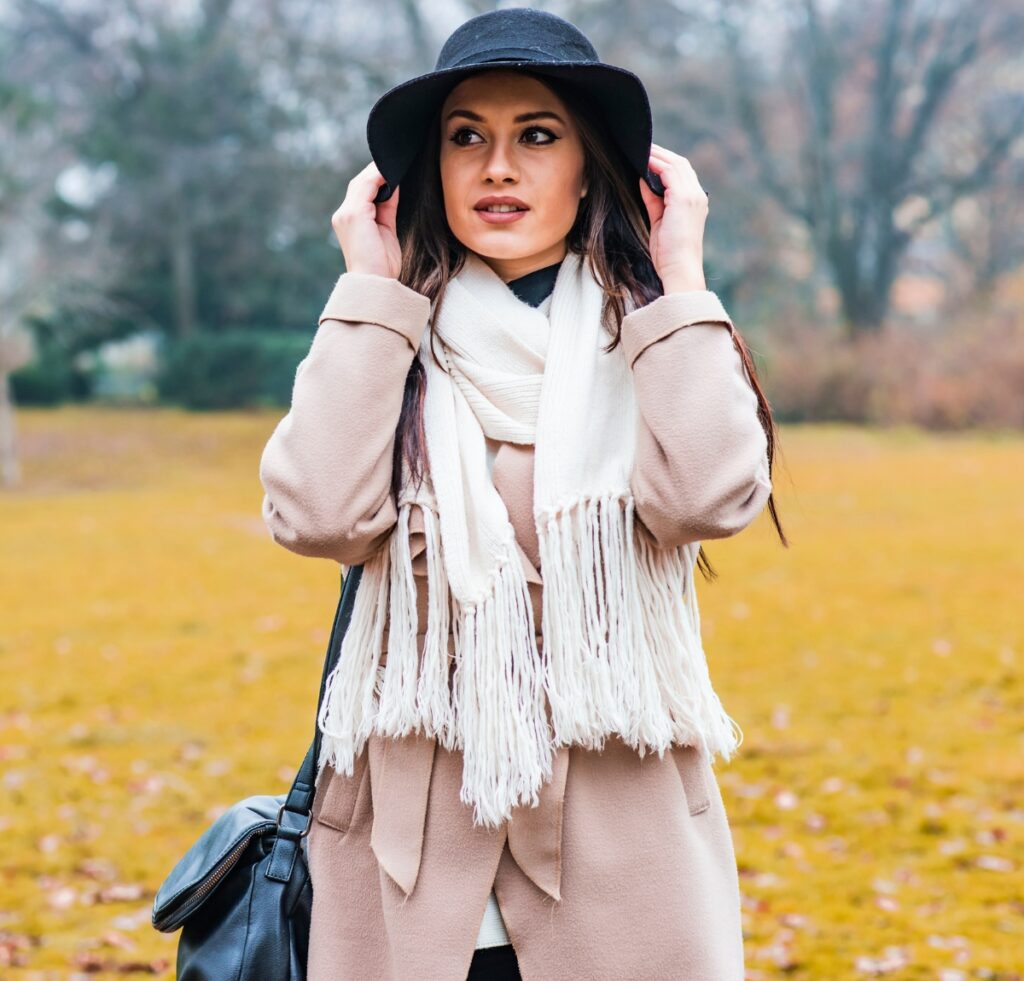
The Best Scarf Styles This method is not suitable for all scarves. Double-wrapping infinity scarves may work, but they will feel less adjustable. The most flexible option is a long rectangular scarf. They are perfect for beginners. Wide pashminas or shawls can be used to provide good coverage in cold and windy weather. The fleece neck warmers are also able to be pulled over the face. However, they don’t usually cover the entire head. The style you choose depends on your preference for warmth, breathability or fashion.
more read, How to wrap a balaclava
Mistakes to Avoid When Tying a Scarf Like a Balaclava
Avoid these Mistakes When Tying A Scarf Like A Balaclava When learning to tie a scarf as a balaclava, many beginners make simple mistakes. One common mistake is to tie the scarf too tight, making it difficult to breathe. A second mistake is to use scarves that are slippery, such as satin or silk. They can easily fall off. Many people fail to pull their scarfs high enough. This leaves the nose exposed, and reduces protection. A scarf that’s too short or thin will also make the wrap less effective. By avoiding these mistakes, you can ensure that your scarf is comfortable and secure.
Why a Scarf Can Be Better Than a Traditional Balaclava
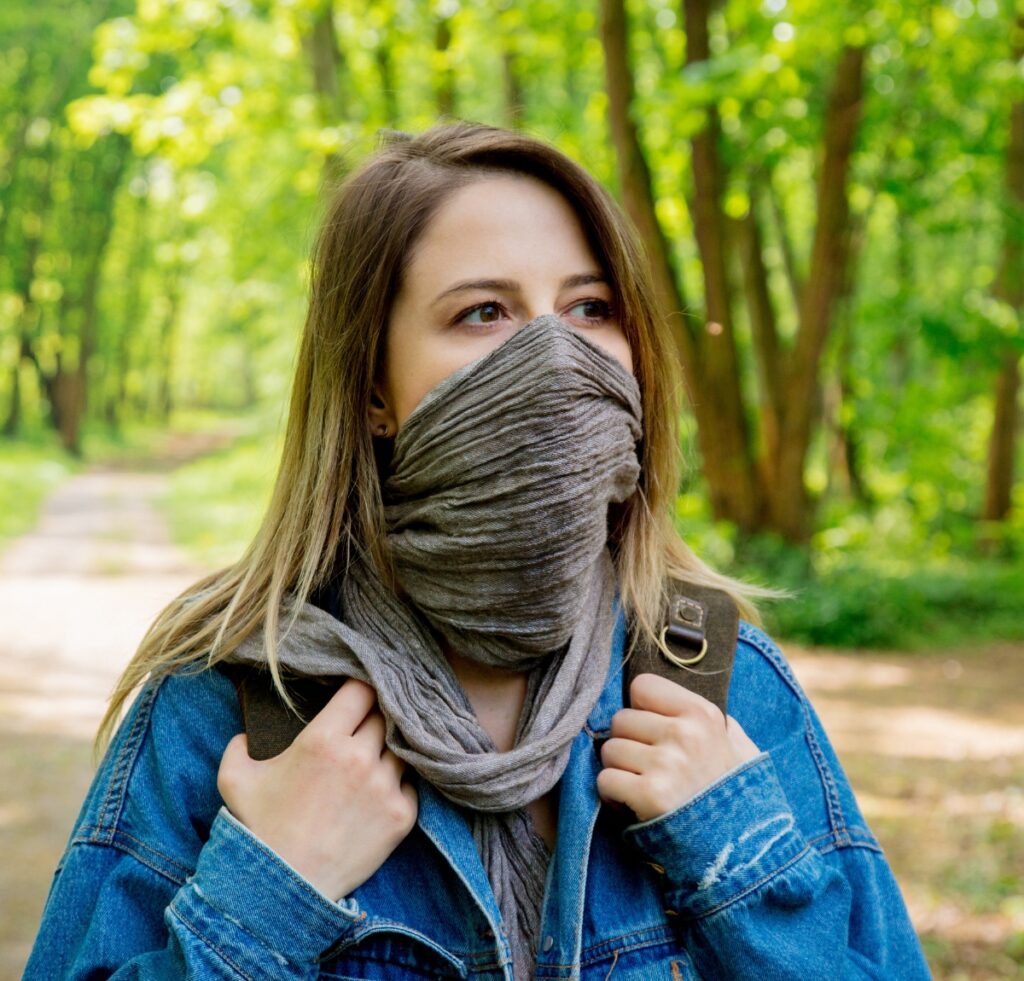
Why a scarf can be better than a traditional balaclava Many people wonder why they need to learn in order to tie a scarf similar a balaclava, when they can just buy one. The versatility of the scarf is the answer. The scarf is versatile and can be worn many ways. It can also be used as an accessory, for warmth or when you do not need to protect your face. You can also choose from a wide variety of colors and designs, which allows you to be stylish without sacrificing practicality. A scarf can be adjusted, loosened, or removed quickly, unlike a fixed balaclava. You probably already have one so there’s no need to buy another.
more read, How to knit a balaclava
Caring for Your Scarf
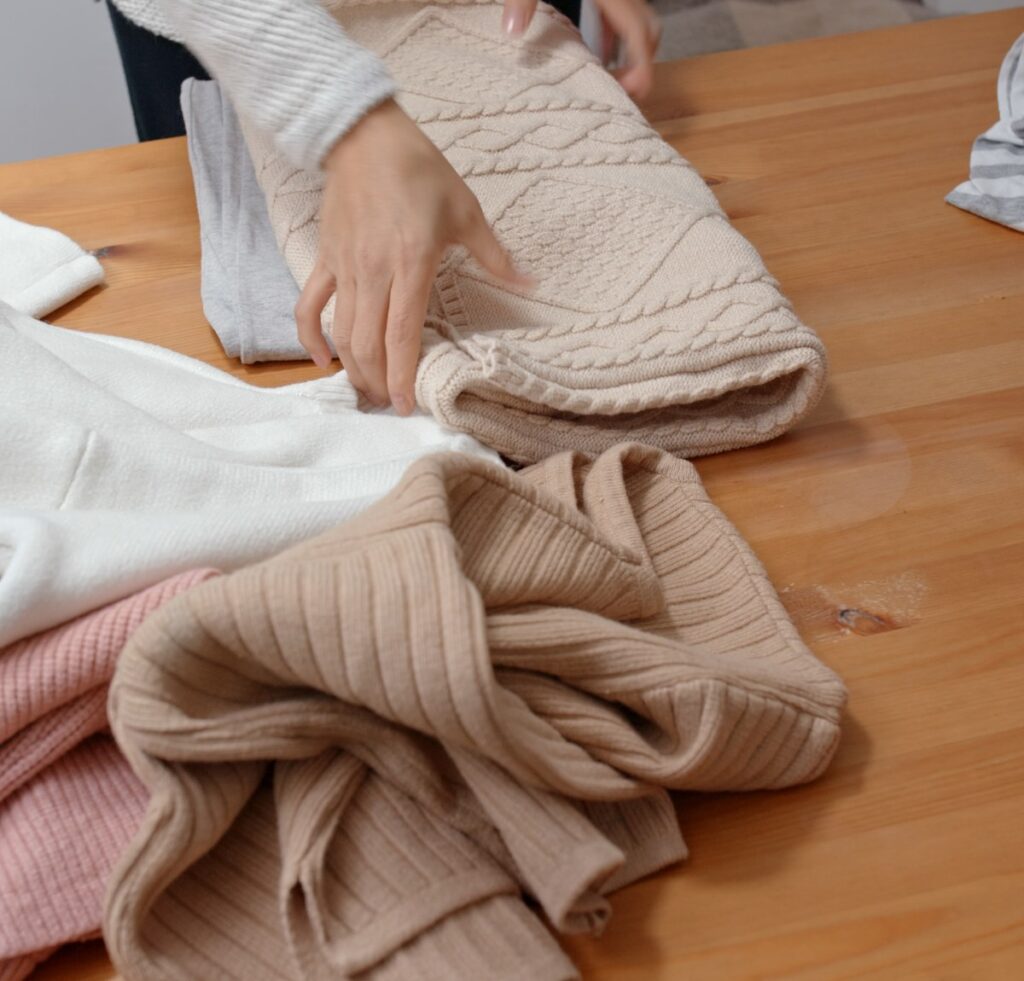
How to Care for Your Scarf Take care of your scarf if you intend to use it often. It is important to wash it according its material. Wool and fleece require gentle cleaning while cotton can easily be machine-washed. To avoid damage, store your scarf in an airy, clean place. It is better to fold it instead of hanging. To keep the fabric soft, use mild detergent. When needed, a well-maintained balaclava will be available.
more.cute balaclava outfit that turn winter.
Conclusion
The conclusion of the article is: Anyone can master the art of tying a scarf to look like a balaclava. In just five easy steps, a scarf can be transformed into a full-coverage head, neck and face protector. This method will keep you warm during winter, secure in dusty places, and prepared for sudden changes in weather while travelling or outdoors. A scarf is a better choice than a traditional balaclava because it offers more versatility, comfort and style. Grab your scarf the next time you need to protect yourself quickly from the elements.
FAQs
No, not all scarves are suitable. Long, medium-wide scarves made of wool, fleece, or cotton work best.
Yes, but use a breathable fabric if you are running, biking, or skiing to avoid overheating.
Cross it at the back and tuck the ends into your jacket. A small clip also helps.

